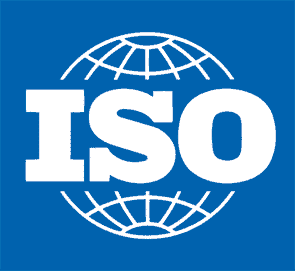Measurement uncertainty and declarations of conformity: dangerous links
At the end of 2012, the new ISO/IEC Guide 98-4 standard was published. Part 4: The role of measurement uncertainty in the declaration of conformity ". This standard follows on logically from almost two decades of discussion about measurement uncertainties, which are not, however, generally a major concern for users. Indeed, it is not, in itself, a parameter of direct interest to them, except in the particular case of calibration laboratories, which need to control the value of their standards (and consequently the associated uncertainties) as closely as possible in order to provide their services.
For the average person, it comes into play because it casts doubt on the declaration of conformity. What really interests the airplane passenger, or the patient undergoing diagnosis, is not the true value of the measured characteristic (for a vital part of the aircraft engine, or in the context of an analysis of the concentration of tumor markers in the blood), but whether or not he has a good chance of landing, or whether he needs treatment. In a world where measurements were the exact representation of reality, this "chances of" question would be meaningless. In this case, either the part or the analysis is "compliant" and the user is at peace, or it is "non-compliant" and the user knows what to expect. In recent years, we have come to realize that measurements cannot be exact, and that reality is therefore inaccessible to us... We can only determine an interval, based on the measurement result and the associated uncertainty, within which the desired value should lie, to within a known level of confidence. This interval of possible values for the desired characteristic may sometimes "exceed" the specified tolerance interval. This "overshoot" gives rise to doubt as to the conclusion given on the basis of the result: "compliant or non-compliant", and the metrologist must be able to quantify this doubt.
The magazine Contrôles Essais Mesures In the next few days, we'll be bringing you a comprehensive article on the subject, written by expert Jean-Michel Pou, who will explain the new standard in full and decipher it for you. See you soon!
Learn more: https://www.iso.org/iso/fr/home/store/catalogue_tc/catalogue_detail.htm?csnumber=50465










 Media kit
Media kit









